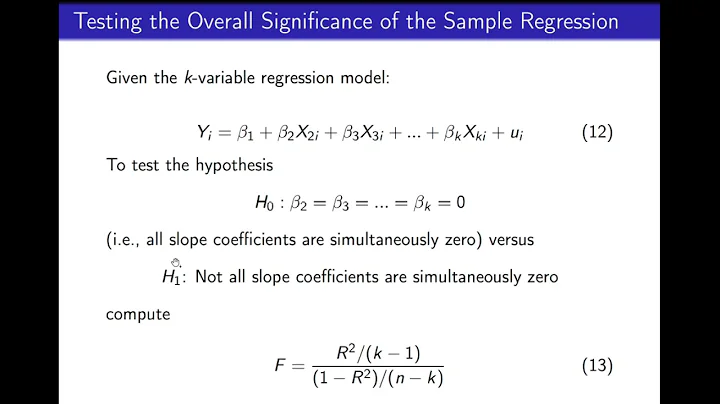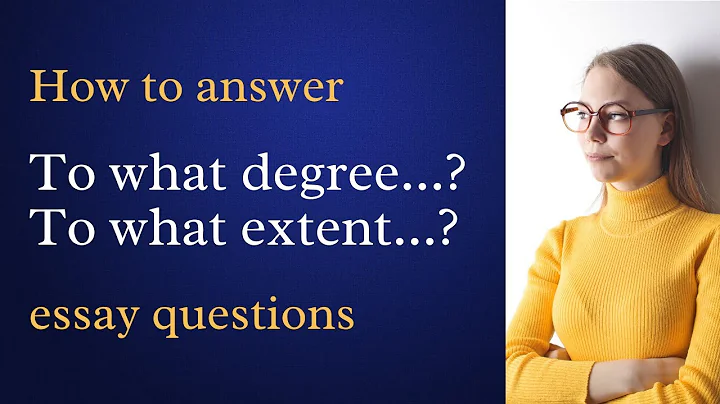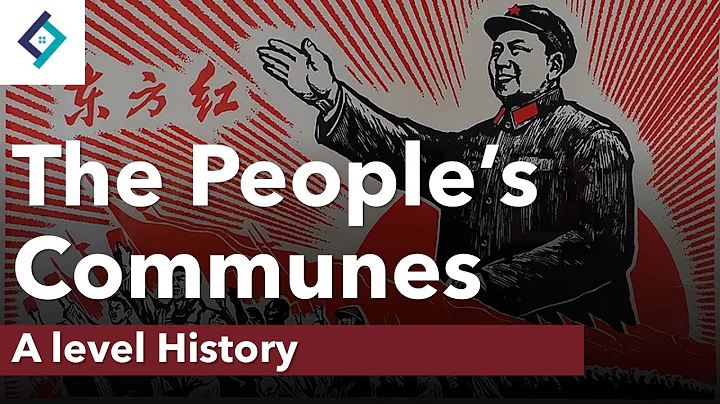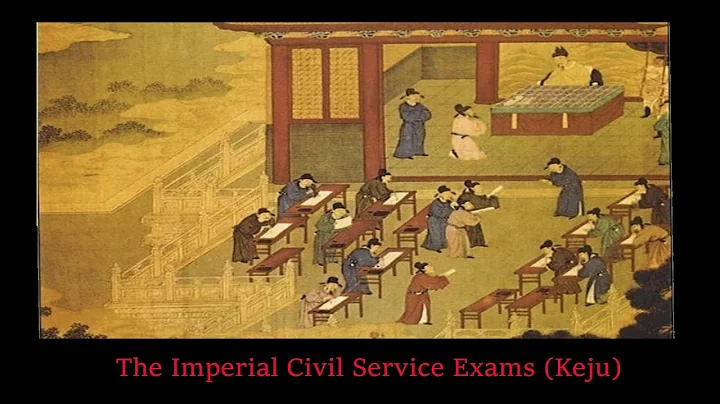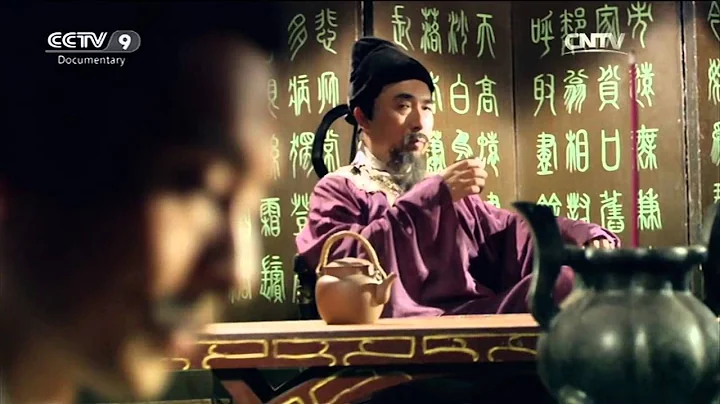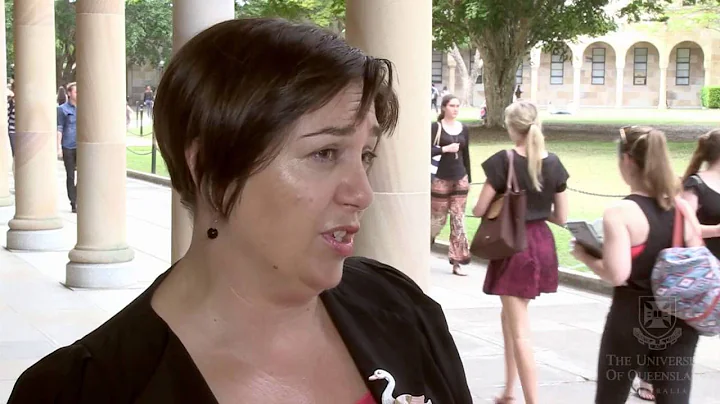The most well-known talent selection in ancient times is the "imperial examination". imperial examination means to select scholars by subjects, which is somewhat similar to the current division of arts and sciences.
In real terms, the imperial examination in the Ming and Qing Dynasties is equivalent to the current civil service examination, because after passing the examination, you can directly get a job.

In modern society, due to industrial diversification and extreme division of labor, the demand for talents has also shown a diversified trend.
Below, in chronological order, we will compare the population, government-citizen ratio, and number of admissions in each period.

Chart of changes in the total population of China through the ages
1. The Han Dynasty
The main talent selection system in the Han Dynasty was the "inspection and promotion system", that is, various institutions recommended talents upwards.

Emperor Wu of the Han Dynasty issued an edict taking Confucianism as the main body, deposing hundreds of schools of thought and respecting Confucianism alone. In the edict, he also mentioned that in November, he ordered each vassal state and county to recommend a person who was filial and honest.
There were roughly 36 counties at that time, so the number of people recommended each time should be less than 50. In modern society, there is not even one in any province.
In the early years of the Western Han Dynasty, the total population was about 17 million, and in its heyday, the population reached 60 million. A simple calculation shows that in the early Western Han Dynasty, there were only 2,140 official officials in the country. The ratio of citizens to officials is 7945:1, truly one in a million.
2. The prosperous Tang Dynasty
During the Tang Dynasty for a total of about 300 years, there were 268 admissions for scholars, and 7,448 Jinshi were recruited. On average, only 27 Jinshi are recruited each time. The largest number of students admitted was in the 12th year of Emperor Xuanzong of Tang Dynasty Tianbao. In this year, 56 Jinshi were admitted.

The average population of the Tang Dynasty was around 40 million. The ratio of civilians to officials is 2927:1, which is almost . Choose one among 3,000 people.
3. In the Song Dynasty
During the Zhao Kuangyin period, the number of Jinshi recruited was basically the same as that in the Tang Dynasty. When the imperial examination was held for the first time, only 19 Jinshi were selected. After Zhao Guangyi came to power, 400 to 500 Jinshi were recruited basically every year.
Scholars at that time had no worries at all. Those who failed the exam 15 times in a row could even be awarded an Enke Jinshi. Besides, there are still scholar-bureaucrats who cannot be punished.
The population of in the Northern Song Dynasty reached an astonishing 120 million, with a ratio of civilians to officials of 1,500:1. Taking the imperial examination was half as easy as in the Tang Dynasty.

4. The Yuan Dynasty
The Yuan Dynasty divided people into four levels, and the recruitment quota for each level was controlled within 75 people.
A total of 16 imperial examinations were held in the entire Yuan Dynasty, and a total of 1,139 Jinshi were admitted, with an average of 71 people admitted at one time.
The population of the Yuan Dynasty peaked at 90 million, and the ratio of civilians to officials was 2613:1. The exam difficulty was the same as that of the Tang Dynasty.
5. Ming Dynasty
The imperial examinations in the Ming Dynasty were divided into 5 levels, namely: children's examination, courtyard examination , rural examination, joint examination and palace examination. Among them, those who pass the Tong Examination are called Tong Sheng, and those who pass the Academy Exam are more powerful and are serious scholars.
The township examination is held every three years. If you pass the township examination, you will be promoted, and you will be qualified to be an official.
Those who pass the Juren Examination will usually take the examination in the second year. The rural examination generally admits about 1,000 to 1,300 candidates nationwide.
After passing the examination, he became a Jinshi. Only 200 to 300 people are admitted to Jinshi each time.
The imperial examination that follows is to determine a ranking for the Jinshi. It is usually held one month after the examination. The top three in the imperial examination are the number one scholar, the second best scholar, and the third best scholar. They are called the first graders, also known as Jinshi and . The person with the second highest rank is said to be of Jinshi origin, and the third highest rank is said to be of and origin of Jinshi.
The population of the Ming Dynasty increased from 60.5 million at the beginning to 200 million in Wanli . The ratio of civilians to officials in the Ming Dynasty was 2299:1. The difficulty of the exam is similar to that of the Yuan Dynasty.

6. Qing Dynasty
In the fifty-first year of Kangxi (1712), the imperial court decided to allocate the number of admissions according to the size and population of the province. The admission quota was temporarily determined by the emperor based on the number of people taking the exam. This is a pioneering initiative, just like the current college entrance examination, which recruits students by province.
In the 2nd year of Yongzheng in the Qing Dynasty (1724), the country's population was 25 million; by the 31st year of Qianlong (1766), the population exploded to 209 million; in the late Qing Dynasty, the population reached 400 million.
The ratio of civilians to officials is 911:1.
In the Gengxu year of Yongzheng, 406 people were admitted to the Jinshi examination, which was the largest number in the Qing Dynasty.
Summary:
The admission ratio of ancient people cannot be compared with the modern college entrance examination. The difficulty gap is too big.
Tsinghua University and Peking University alone will enroll almost 7,000 students a year. In the historical imperial examination system, the number of Jinshi produced at one time would not exceed 1,000 for the entire country. Moreover, will try not every year. The "Golden List Titles" are probably all characters whose ancestral graves are smoking.
The ancient scholars are probably comparable to the current 985.
(data and some pictures come from the Internet, infringement and deletion)
